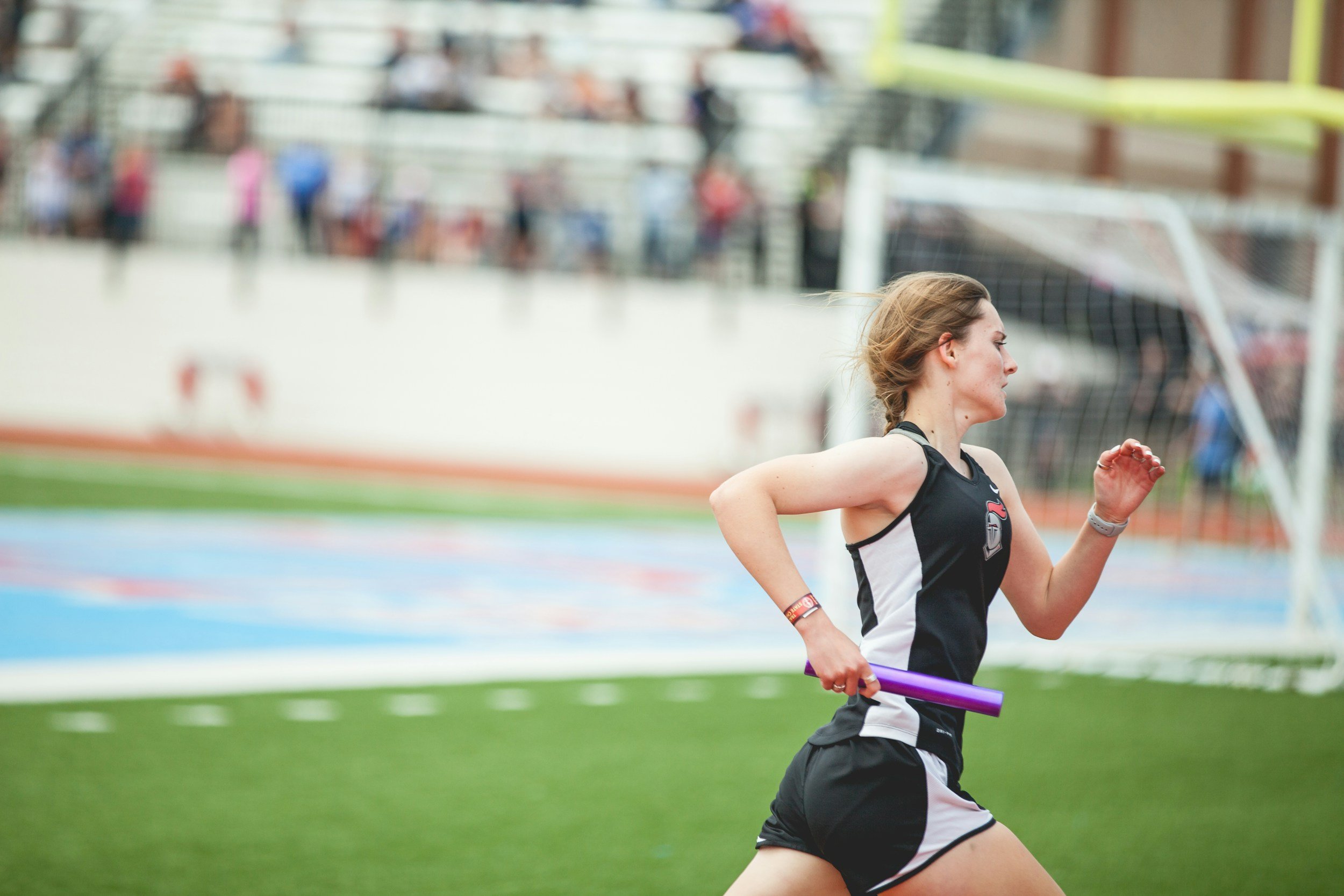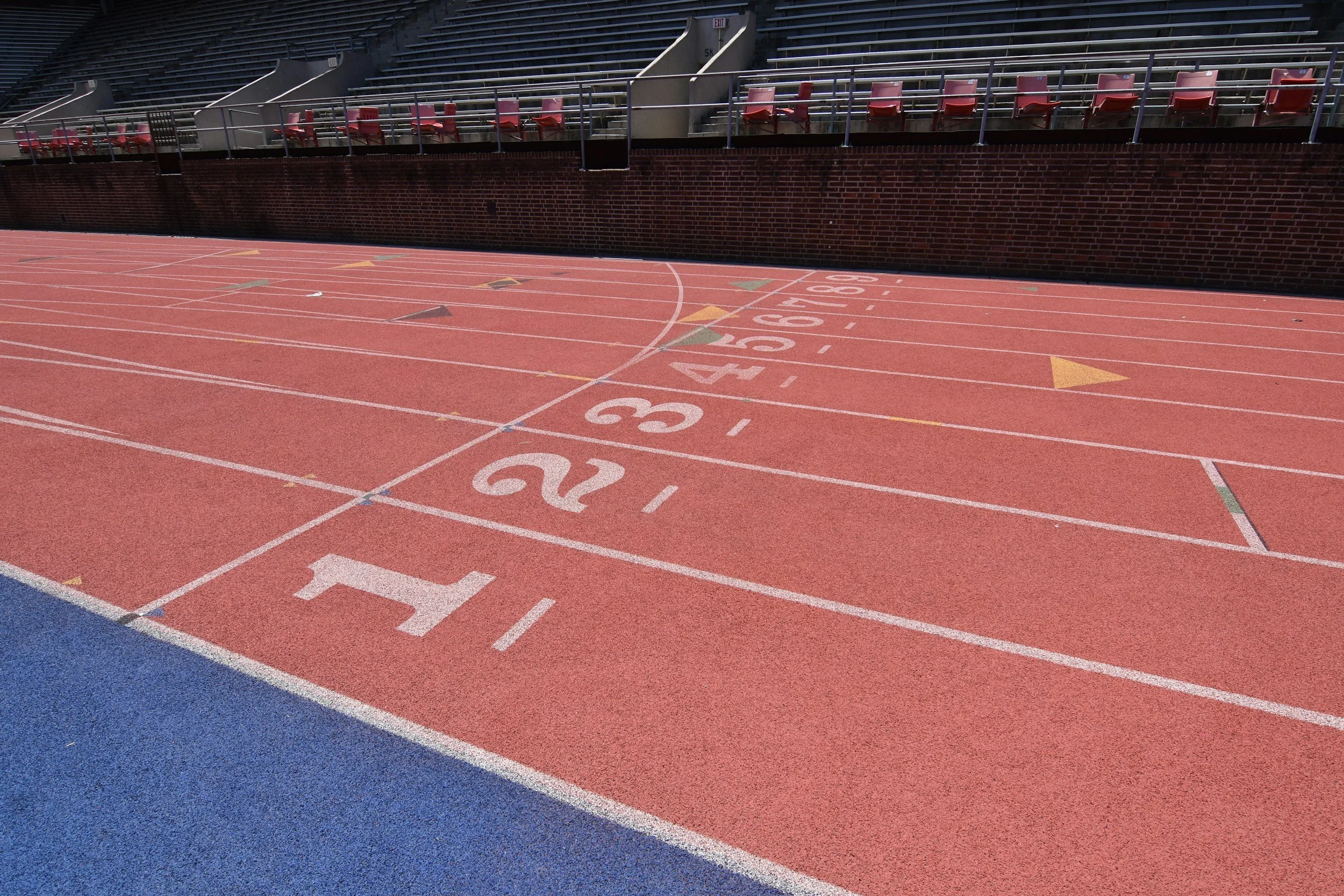Discus Throw Training: How to Improve Your Technique and Approach
Discus throw is a track and field event that requires strength, speed, and technique. To become a successful discus thrower, you need to master the fundamental techniques and develop a rigorous training plan that focuses on building the necessary muscle strength and explosive power. In this article, we will cover some of the essential training exercises and drills that can help you improve your discus throw technique and performance.
Discus Throw Technique for Beginners
If you are new to discus throw, the first step is to learn the basic technique. The following are some essential steps that you need to master:
1. Grip the discus with your dominant hand using your fingertips and place your non-dominant hand on the rim for support.
2. Stand at the back of the throwing circle with your feet shoulder-width apart, facing away from the throwing sector.
3. Take a windup by turning your back to the throwing sector and lifting your right foot.
4. Shift your weight onto your left foot, then pivot on your left foot while bringing your right foot around.
5. Push off with your left foot and transfer your weight onto your right foot as you begin to spin.
6. Release the discus at the front of the circle by extending your arm and snapping your wrist.
It's important to note that mastering the discus throw technique takes time and practice. Don't expect to become an expert overnight.
Discus Throw Approach Drills
One of the key elements of the discus throw is the approach. The approach is the run-up that leads to the throwing circle, and it's important to get it right. Here are some approach drills that can help you improve your performance:
1. Standing Throws: Start at the back of the circle and practice your technique without moving. This will help you focus on your footwork and body positioning.
2. Half Turns: Take half turns in the circle to get used to the movement and improve your balance.
3. Full Turns: Once you are comfortable with half turns, progress to full turns. Focus on keeping your body in a straight line and keeping your head still.
4. Variable Approaches: Practice approaching the circle from different angles and distances. This will help you develop a sense of distance and improve your accuracy.
Plyometric Training for Discus Throwers
Plyometric exercises are explosive movements that can help you build the necessary power and speed for the discus throw. Here are some plyometric exercises that can be beneficial for discus throwers:
1. Box Jumps: Jump onto a box or bench, then jump back down. Repeat for several reps to improve your explosive power.
2. Medicine Ball Throws: Hold a medicine ball and throw it forward as far as possible. This will help you develop your upper body strength.
3. Depth Jumps: Stand on a box or bench, then jump off and immediately jump back up onto the box. This exercise can help you improve your explosive power and reaction time.
Discus Throw Release Drills
The release is the final stage of the discus throw, and it's essential to get it right. Here are some release drills that can help you improve your technique:
1. Two-Handed Throws: Practice throwing the discus with two hands to get a feel for the release.
2. Standing Throws: Practice your release technique without moving to focus on your arm and wrist positioning.
3. Full Throws: Incorporate the release into your full throw to practice the complete motion.
Discus Throw Warm-Up Exercises
Before you start your training, it's essential to warm up your muscles to prevent injury. Here are some warm-up exercises that can help you prepare for your discus throw training:
1. Arm Circles: Stand with your feet shoulder-width apart and your arms extended out to your sides. Slowly rotate your arms in a circular motion, first forward and then backward. Repeat for several reps.
2. Lunges: Take a step forward with your right foot and lower your body until your right knee is bent at a 90-degree angle. Repeat with your left leg. Alternate legs for several reps.
3. High Knees: Stand with your feet shoulder-width apart and your arms at your sides. Lift your right knee up towards your chest, then lower it and repeat with your left knee. Continue for several reps.
In conclusion, mastering the discus throw requires a combination of technique, strength, and speed. Incorporating the exercises and drills outlined in this article into your training plan can help you improve your performance and take your skills to the next level. Remember to start with the basics, practice regularly, and be patient with yourself. With dedication and hard work, you can become a successful discus thrower.






























